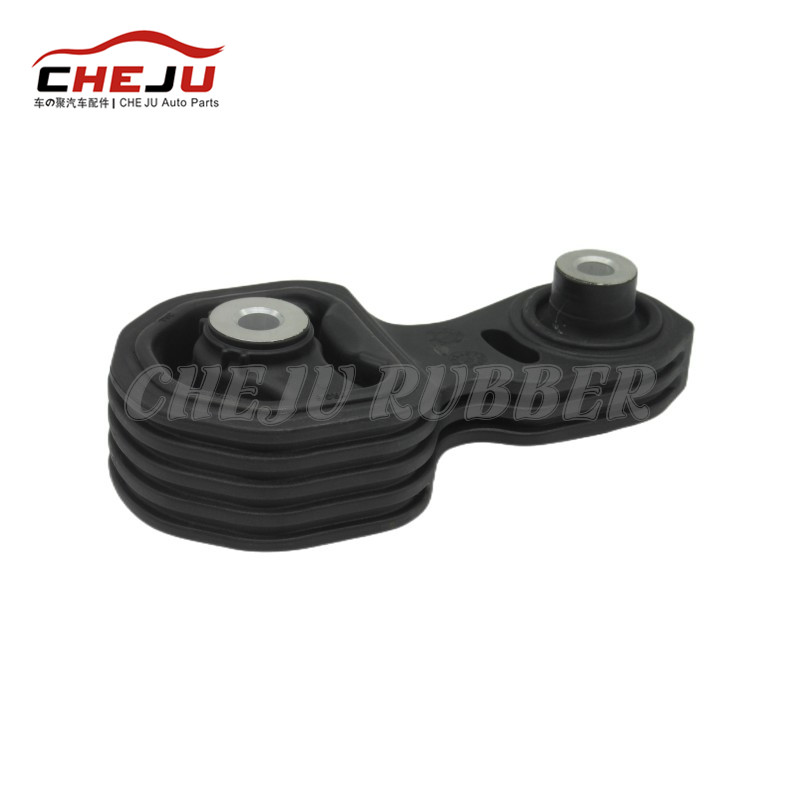Overview of engine mountings and their functions
2023-11-03
Engine mountings, also known as motor mounts or engine mounts, are essential components in a vehicle's engine bay that serve several important functions. These mountings are designed to support and secure the engine to the vehicle's chassis or frame. Here's an overview of engine mountings and their functions:
1. Vibration Dampening: One of the primary functions of engine mountings is to dampen the vibrations and shocks generated by the engine during its operation. The engine produces internal vibrations and movement as it runs, and without proper mountings, these vibrations could be transmitted to the vehicle's frame and cabin, causing discomfort and potential damage. Engine mountings incorporate rubber or other resilient materials to absorb and minimize these vibrations, providing a smoother and quieter ride for passengers.
2. Isolation: Engine mountings also isolate the engine from the vehicle's frame, reducing the transfer of noise, heat, and vibrations. This isolation helps maintain a comfortable and quiet cabin environment by preventing the direct transmission of engine noise and heat to the interior of the vehicle.
3. Alignment and Positioning: Engine mountings are designed to precisely position the engine within the engine bay, ensuring that it aligns with the transmission, drivetrain, and other critical components. Proper alignment is crucial for the efficient operation of the vehicle and for preventing undue stress on various components.
4. Stability and Support: Engine mountings provide critical support to the engine's weight and maintain its stability within the engine compartment. This support prevents the engine from shifting or moving during vehicle acceleration, braking, and cornering, helping maintain vehicle control and safety.
5. Safety: In the event of a collision or impact, engine mountings are designed to absorb some of the force and impact, which can help protect the vehicle's occupants by minimizing the extent of engine intrusion into the passenger cabin.
6. Reduced Transmission of Engine Torque: In vehicles with high-torque engines, engine mountings play a role in managing and minimizing the transmission of engine torque to the chassis, ensuring that the wheels receive power effectively without compromising vehicle stability.
7. Longevity and Durability: Properly designed and maintained engine mountings can extend the life of the engine and other vehicle components by reducing wear and tear caused by engine movement and vibrations.
8. Maintenance: Over time, engine mountings may deteriorate or wear out due to exposure to heat, oil, and the stresses of engine operation. Regular inspection and replacement of worn engine mountings are essential to ensure the continued smooth operation of the vehicle.
Engine mountings are crucial components in modern vehicles, contributing to ride comfort, safety, and overall vehicle performance. They are typically made from a combination of metal brackets and rubber or elastomer components designed to withstand the rigors of engine operation and vehicle use. Regular maintenance and inspection of engine mountings are important to ensure the continued safety and efficiency of a vehicle.



